We check in at the Durango Lodge for two nights. The motel’s pool is tempting, but dinner is our priority. We take a walk down Durango’s Main Avenue. The centerpiece is a grand old hotel, The Strater, built in 1887. Somewhat less pretentious is the General Palmer Hotel, built in 1898. We have a satisfying dinner at Tequila’s.
We have come to Durango to ride the Durango & Silverton Narrow Gauge Railroad, and our motel could not be more convenient for this purpose. The train station is two blocks away. We are at the train station by 7:30 in the morning. Our train has about eight cars and is pulled by steam engine Number 473.
We board one of the bright orange passenger cars, and we meet a gentleman costumed as General William Jackson Palmer, who will be our narrator during the ride up to Silverton this morning. General Palmer built the railway—then known as the Denver & Rio Grande Railway. Construction of the narrow gauge tracks from Durango to Silverton began in the fall of 1881 and was completed in eleven months.
Silverton is about 45 miles away, and the trip takes 3½ hours. The train is charming. The interior of our car is paneled in Spanish cedar, and the iron seat hardware is original. It is a scenic ride as the train travels on narrow ledges that were blasted out of the rocks above the Animas River. Outside our window is a sheer drop-off into the river canyon. The rails we ride on are only 36 inches apart, compared to standard, 56-inch track. By using narrow gauge track, Palmer reduced construction costs. Laying the track on narrower ledges and bending the track to a sharper turning radius meant less rock had to be blasted from the cliffs.
Our narrator tells us briefly about Palmer’s life. Born in Delaware, he served in the Union Army, receiving the rank of Brigadier General and earning the Medal of Honor for service in the Civil War. While living in England, he studied narrow gauge railroading and coal-fired steam engines, knowledge that he later applied in the United States. He helped to build the Kansas Pacific Railway before building the Denver & Rio Grande.
The Denver & Rio Grande line to Silverton was used to haul silver ore from the mines around Silverton to a smelter in Durango. As mining played out, the railroad fell into decline, but beginning in the 1940s, it began to attract more passengers, boosted by national exposure from Hollywood. For decades since, locations along the Durango & Silverton railroad line have been the backdrop for scenes in numerous movies, including Around the World in 80 Days, How the West Was Won, and Butch Cassidy and the Sundance Kid.
Slipping out of character, our narrator gives us information about the present-day operation of the Durango & Silverton tourist train. It takes five tons of coal to fuel the steam locomotive for one round trip—all of it shoveled by hand—and the trip uses 10,000 gallons of water to produce the steam that drives the engine. Fire prevention measures include a small railcar that trails a half-mile behind the train to watch for and extinguish spot fires. Another small car precedes the train to look for debris on the tracks. In summer, a helicopter follows overhead looking out for fires. The helicopter is equipped with water bucket that can scoop up water to douse any fires that occur.
We arrive in Silverton around 11:30. The tiny town is filled with old facades that are brightly painted and wide, mostly unpaved streets. There are lots of restaurants and one fancy old hotel, the Grand Imperial, built in 1883.
We have lunch in a brothel—well, actually a former brothel—Natalia’s. We are in Silverton for about two hours while the train is backed up and turned around for the trip back to Durango.
On the return trip, our narrator takes the role of Robert Dwyer, who was the first marshal in Durango. He told us about the native Ute people whose lands, under a treaty signed in 1868, included nearly all of western Colorado, including Durango, Silverton and the surrounding mountains. When gold and silver were discovered in the 1870s, the Utes were forced to make other concessions of land (under the Brunot Agreement of 1873), eventually being pushed onto a reservation south of Durango.
Our narrator tells us that Dwyer was born in Ireland. His father died when he was about 7, and he and his mother emigrated to St. John’s, Newfoundland. He had no schooling before age 12, but he found work as a dishwasher and supported his mother until she died when he was 15. Eventually, he moved to Minnesota and then North Dakota. He became a millwright, working for a while in Salt Lake City. He was planning to move to Ohio to start a farm, but when he heard about the silver discoveries in Colorado, he set out for Silverton to seek his fortune—on foot, with two burros packed with provisions. Along the way, one of the burros fell to its death from a mountain cliff along with most of Dwyer’s food and clothing.
When he got to Silverton at last, he was immediately hired to work in the mines, despite having no mining experience. He soon decided he did not like the work so well—it involved creeping into mine tunnels where a man could not stand upright, setting dynamite charges and then running like hell. Dwyer was shrewd, though, and realized that he could make money supplying the mining camp, a much less dangerous line of work.
In 1873, Dwyer staked a 160-acre homestead claim in what is now Durango. He later became the marshal of La Plata County. He was shot accidentally while attempting to arrest an armed troublemaker at a local saloon. The bullet lodged in his throat, and it took eight months to find a doctor who had the necessary surgical skills to remove it.
Dwyer retired in 1880, and he lived to be 73. Of his six children, three died at childbirth. He was survived by two sons and a daughter. The house that he built for his wife in 1888 still stands.
The train pulls into Durango just after 5:00. We spend about a half-hour in the railroad museum. It is a wonderful little museum filled with railroad artifacts. On display in a somewhat jumbled collection are two old locomotives and several rail cars, antique automobiles, an old airplane and a huge HO train layout. There is much more. We decide to return in the morning when the museum opens at 7:00 AM.
We are fatigued, and the restaurant we wanted to go to was closed on a Monday night. We end up getting mediocre take-out Thai food from the Sizzling Siam. We have dinner in bed at our motel.
In the morning, we spend an hour at the railroad museum before checking out of our room. On the way out of town, we locate Robert Dwyer’s house. It is a charming residence, and we take pictures, hoping that the current residents do not mind.
We head up scenic US 550. For a while, the road parallels the tracks of the Durango & Silverton railroad, but after passing by Silverton, the highway winds its way into the San Juan Mountains. It is a beautiful road. It has been called one of the ten most dangerous roads in the country, possibly because of the lack of guard rails at strategic spots (to allow snowplows to push snow from the road in the winter). We pause briefly at Molas Pass before continuing our northward journey.
More Wild West
Visits: 290
Some other stuff for later,
- 72Leaving Durango, our road trip’s next destination is Buffalo, Wyoming. Our visit to Buffalo completes a circle, linking this road trip to our last big road trip when we visited the town for the first time and stayed at the Occidental Hotel in 2010. The distance from Durango to Buffalo…
- 68We drive north from Buffalo on I-90. Our destination tonight is the town of Anaconda, about 20 miles west of Butte, Montana. The founder, copper king Marcus Daly, wanted to call the town “Copperopolis,” but another Montana mining town had already claimed the name. So the town became Anaconda instead,…
- 65My wife and I recently returned from a trip that included a two-night stay in Savannah, Georgia. Neither of us had been there before, yet some source deep in memory gave me the notion that we would find a charming, picturesque and historic place. In preparation for our visit to…
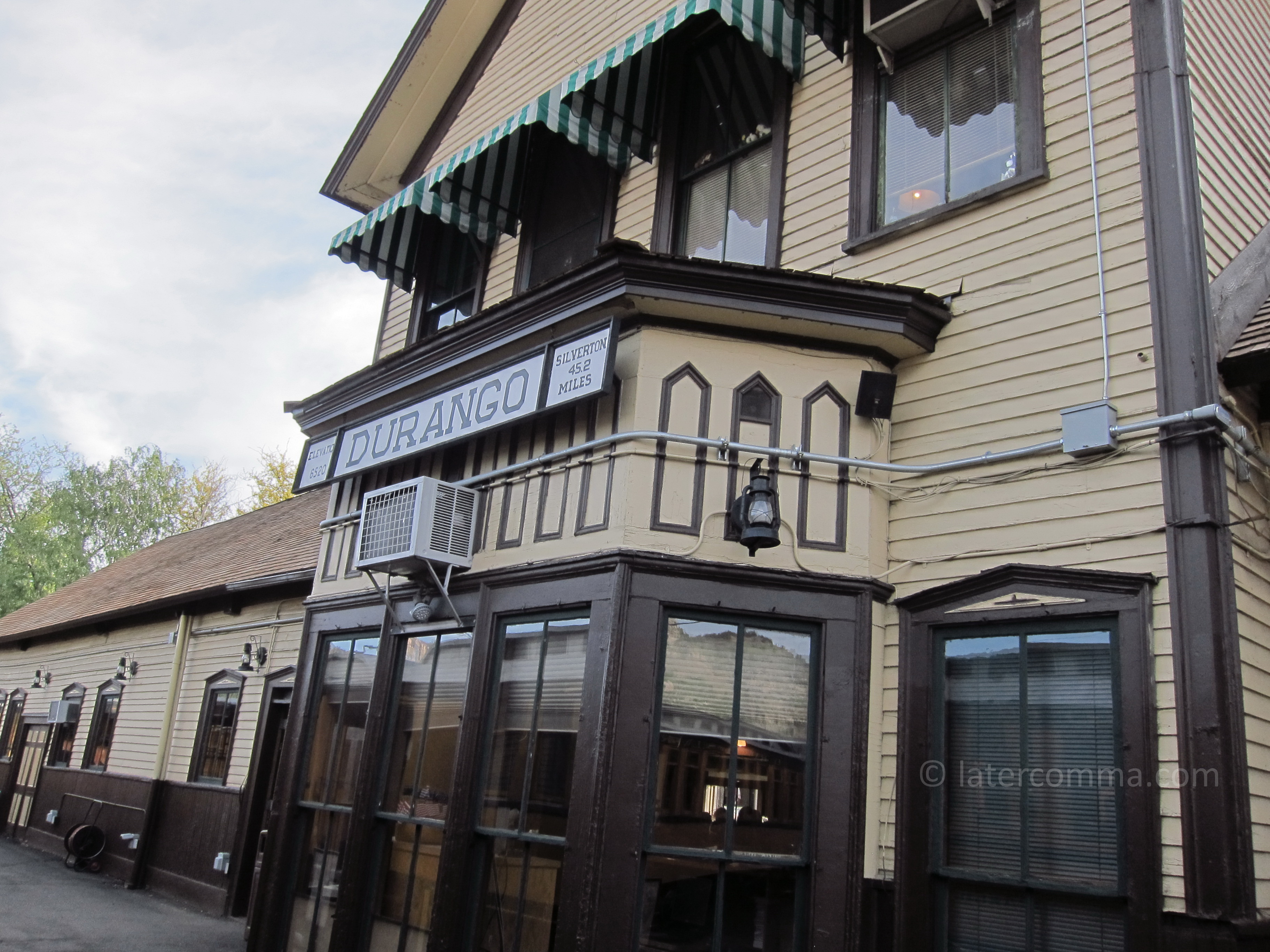
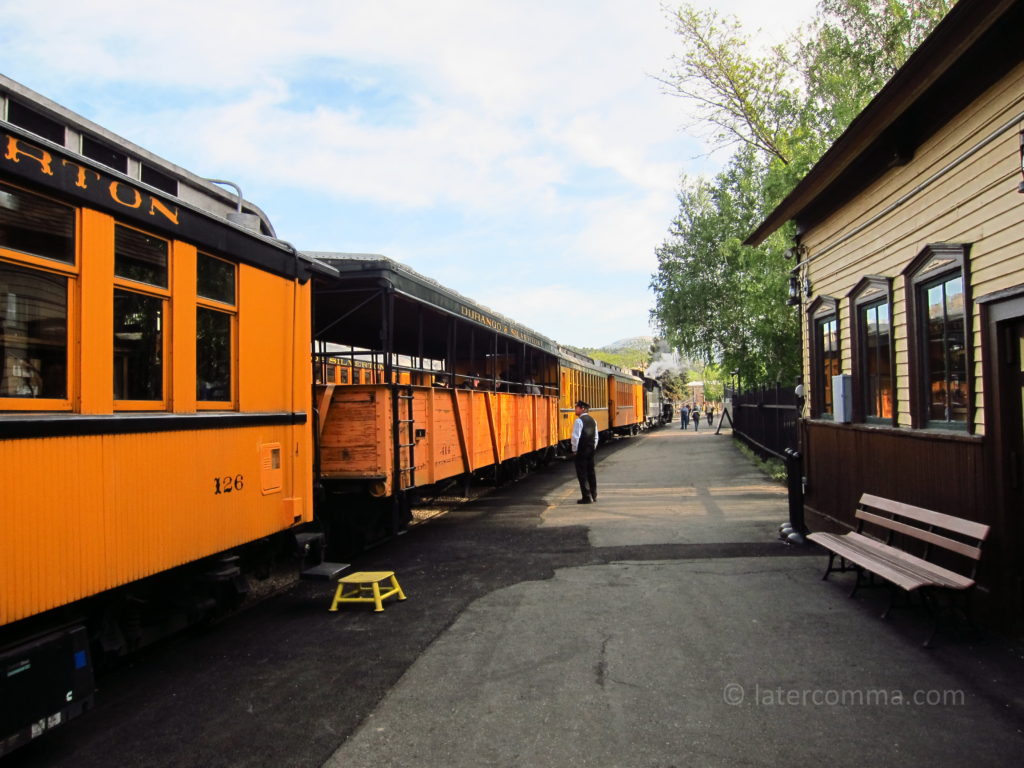
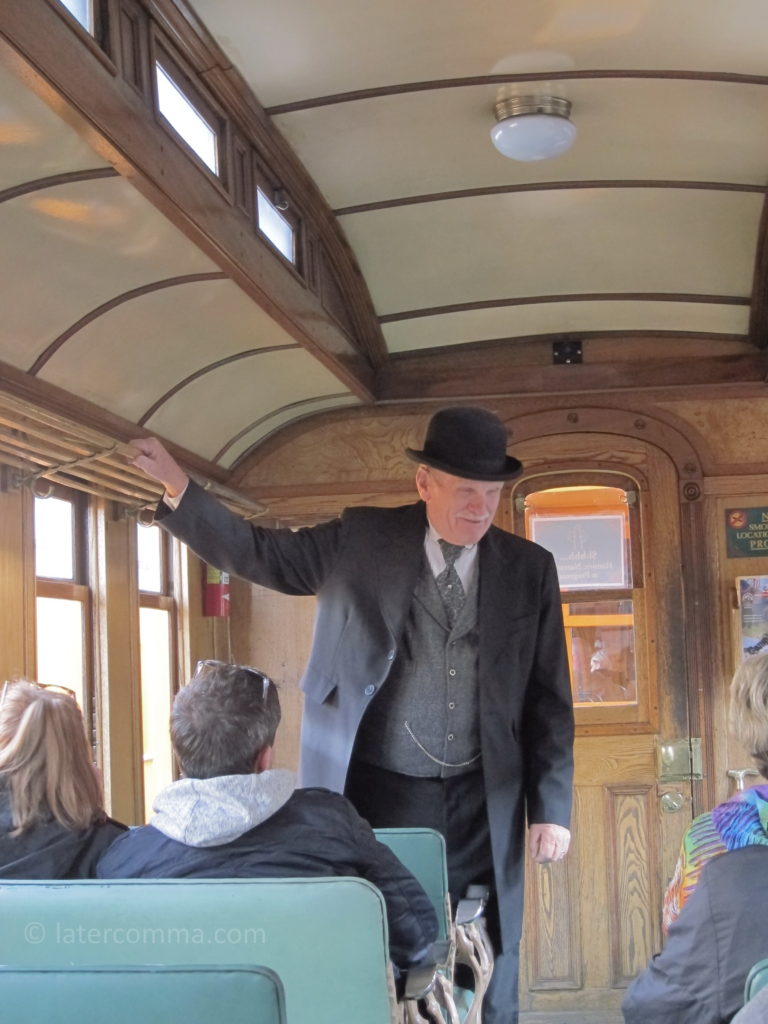
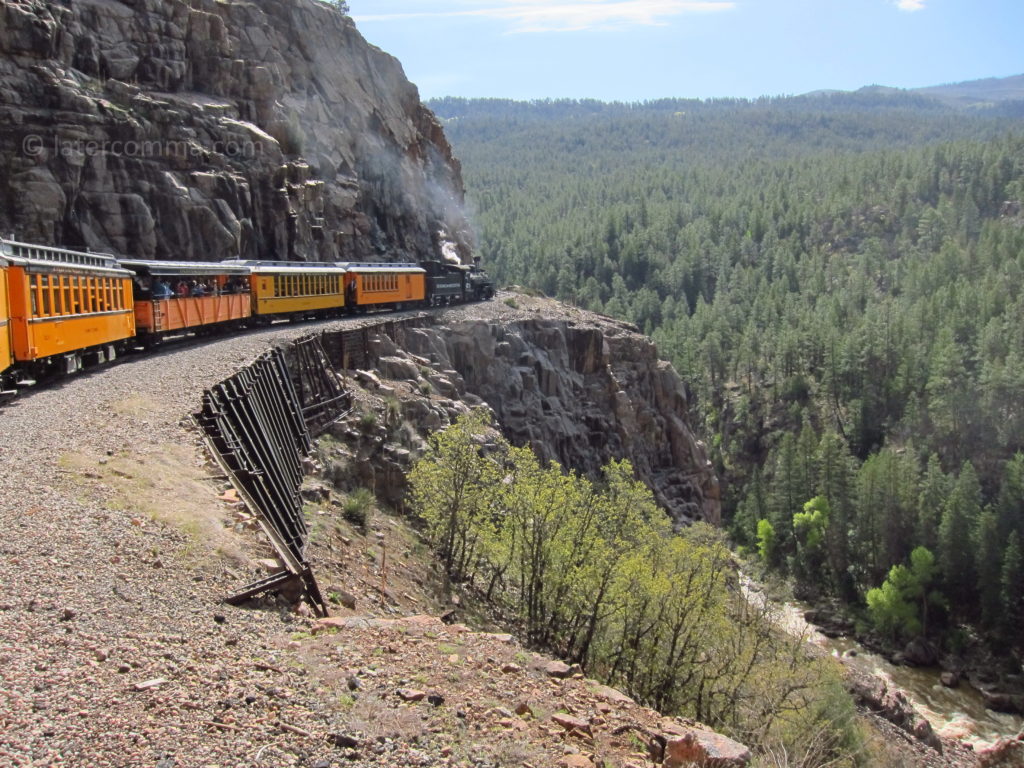
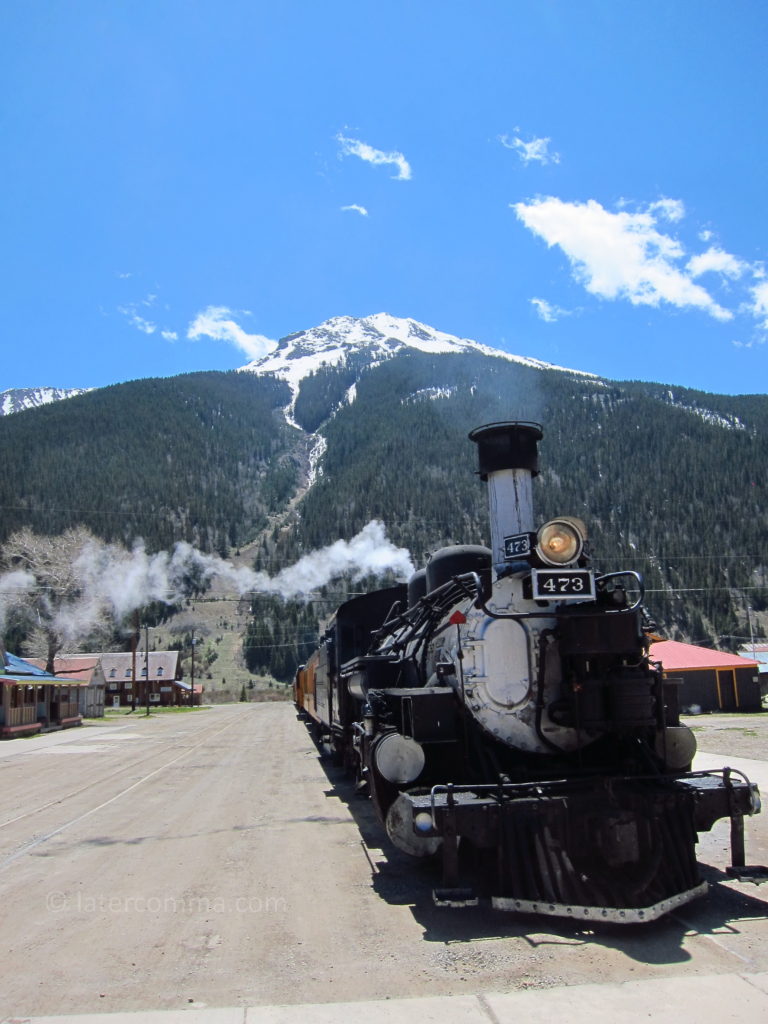
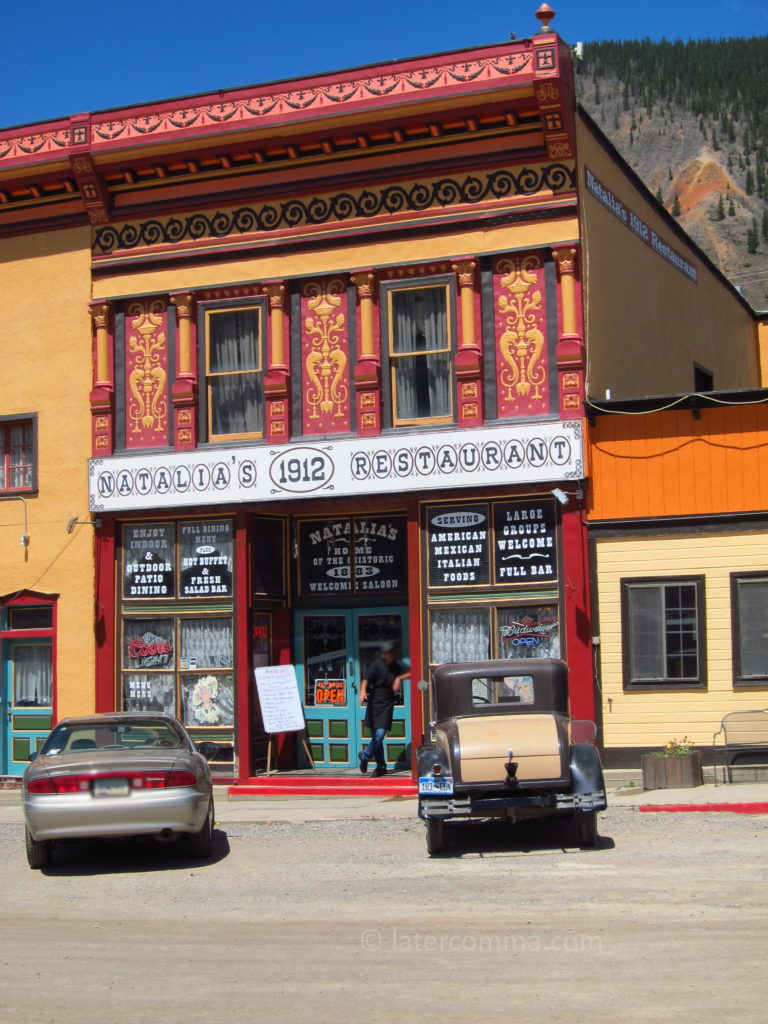
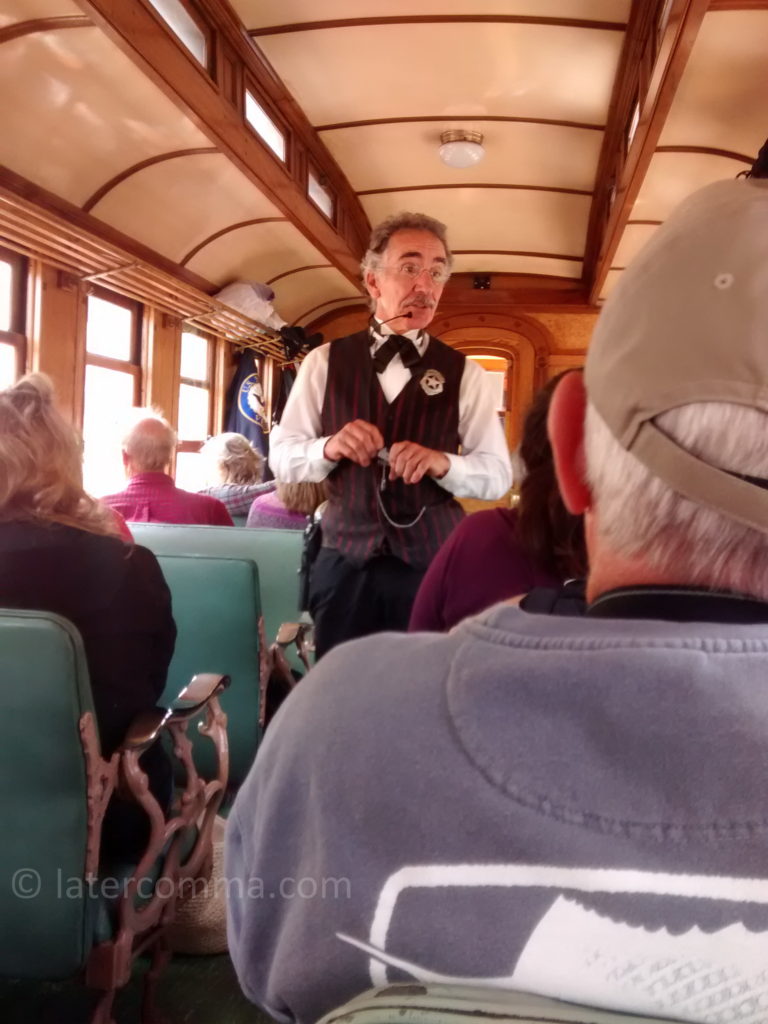

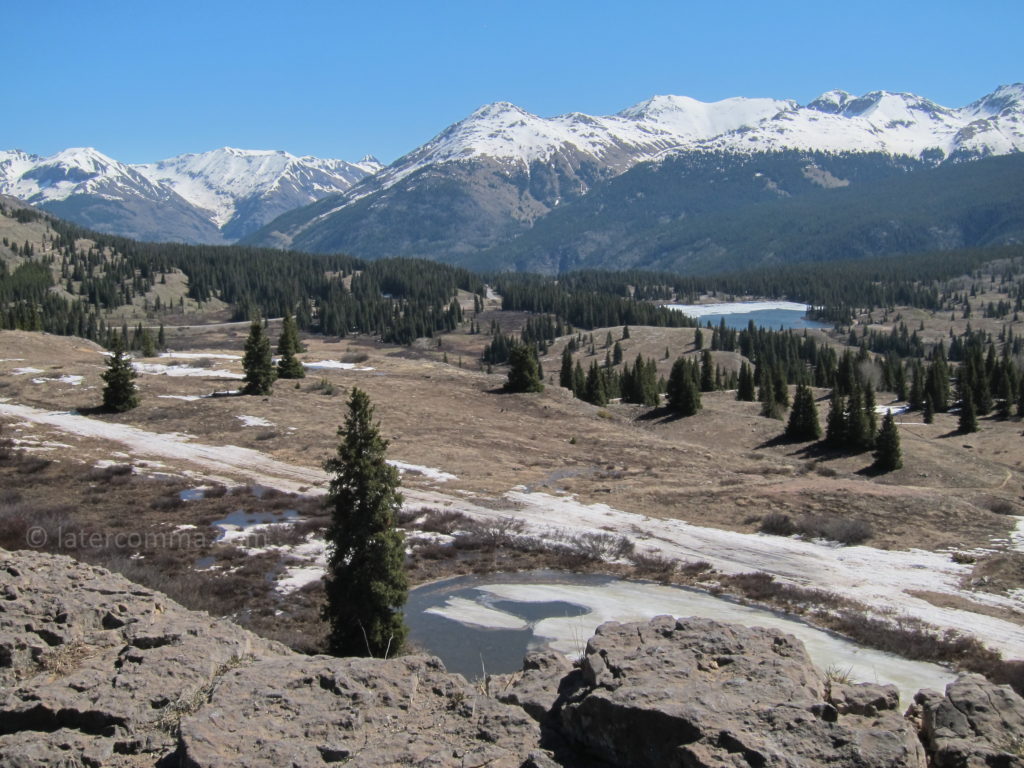
Leave a Reply